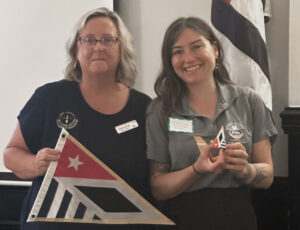News
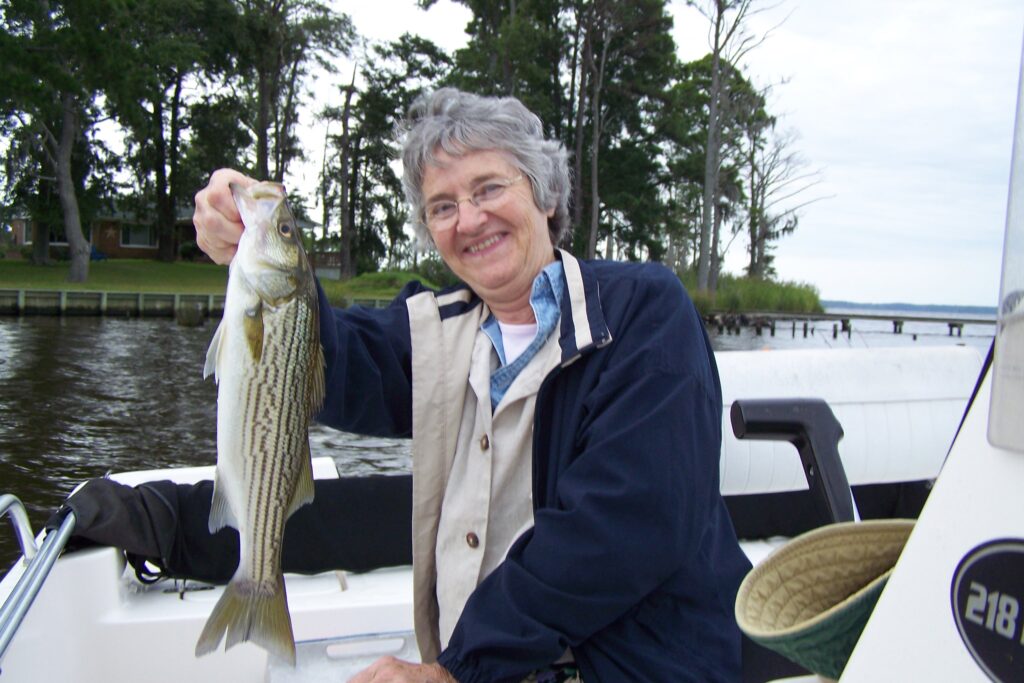
The Pamlico and Neuse Rivers and estuary support NC's billion dollar Fishing industry (photo: Bob Daw)
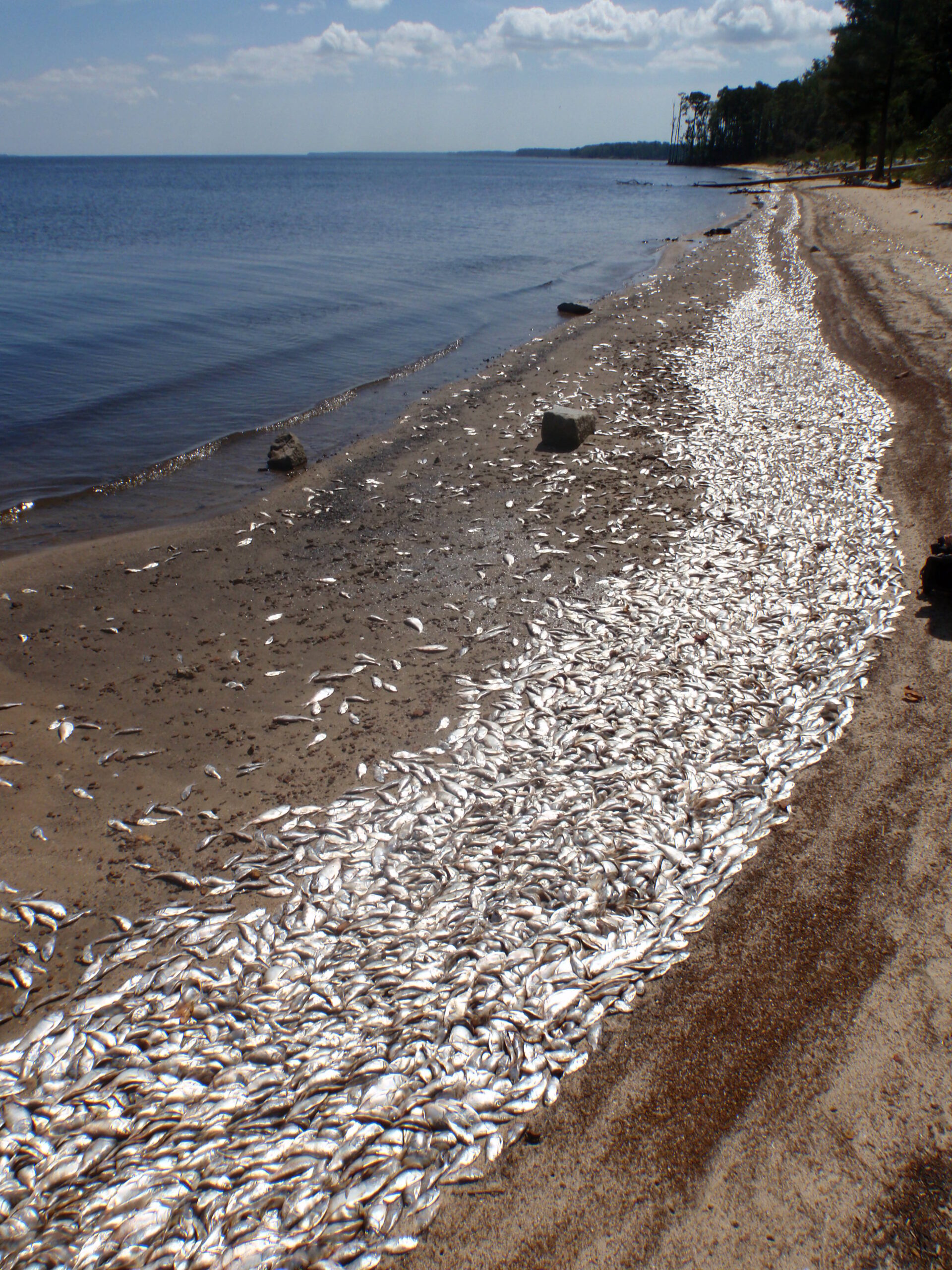
Folks who follow the health of the Lower Neuse basin and the Neuse estuary are no strangers to fish kills. Looking back to the mid 1990’s, fish kills on the Neuse dominated environmental news locally and even garnered attention nationally. Hundreds of millions of fish were dying, and scientists, activists, and regulators alike were scrambling to find the cause and implement strategies to reverse the degrading conditions. What they found was not what we would have expected. It wasn’t toxic chemical pollution from a villainous industrial giant, it was something much more insidious. The culprit was simple nutrients; nitrogen and phosphorus, to be exact. The same nutrients that we put on our lawns and gardens to make our tomatoes fat and our grasses green. It appeared that too much of a good thing was, in fact, bad.
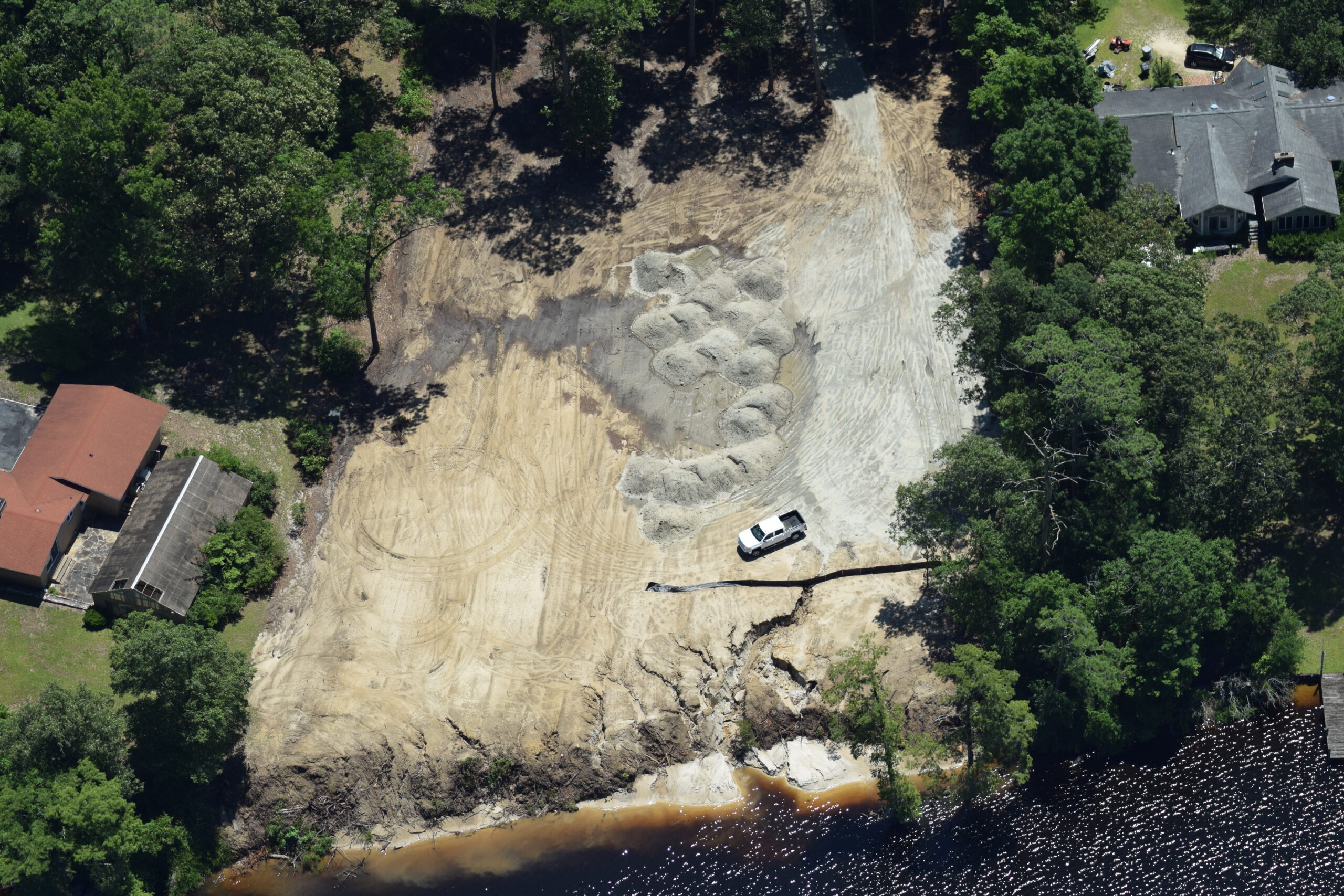
Basic, life-giving nutrients were polluting the waters of eastern North Carolina causing damage on a scale large enough to impact property values, scare away valuable tourism dollars, and decimate the local commercial fishing industry. So the aforementioned scientists, advocates, and legislators developed a plan to reduce nutrient pollution, specifically nitrogen, by 30%. This would eventually require municipalities, industry leaders, and other discharge permit holders to invest hundreds of millions of dollars to overhaul their water treatment systems. And they did just that, with many dischargers achieving reductions greater than the target of 30%… but the levels of nitrogen continued to increase. This led to scrutiny of other nutrient sources in the basin – industrial meat facilities, chemical fertilizers, stormwater management systems, and privately owned septic systems. Flash-forward to 1998, the Neuse Nutrient Strategy was made law after years of research, stake holder meetings, and general sausage-making by regulators, scientists and advocates. Over the course of the next half-dozen years, the plan established the reduction goals, instituted riparian buffer protections, and set guidelines for wastewater treatment facilities and stormwater management, among other things.
Bringing the story to present-day, we have been seeing a downward trend in the number of dead fish on our shores compared to the 1990’s, and the consistently increasing nitrogen levels of the past have even begun to level off. I would officially call it A Good Start. Concerned citizens were getting a sense that all of the work done to save the Neuse may be starting to show positive effect. But, unfortunately, with perceived success we have also started to see complacency, and this complacency has allowed a renewed effort to capitalize on our precious water resources. This year we have seen proposed legislation rolling back the valuable protections that so many people worked years to accomplish.
Now is not the time to coast on the hard work done over the last twenty years, now is the time to ensure the success of that work. We didn’t rescue our water ecosystems from the brink of collapse just so housing developers and industrial meat facilities could continue polluting. We did it so our families and future generations would be able to live, work and play in a state free of concerns about the safety of their drinking water, free of massive fish kills, and free of toxic algae blooms.
Related News
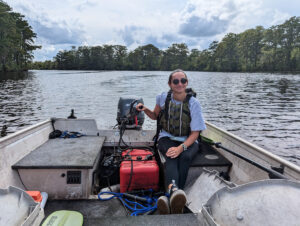
Riverkeeper monitoring Tar-Pamlico Water Trail
July 25th 2024

Rain ramps up trash-trap cleanouts
July 25th 2024

Riverkeeper, intern take on emergency trash trap cleanout
July 25th 2024

Tar-Pam Riverkeeper investigates Cub Creek turbidity
July 25th 2024
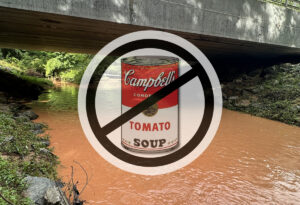
Heavy rains lead to sky-high turbidity on Lick Creek
July 25th 2024
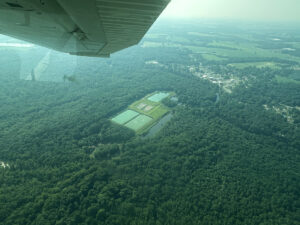
Riverkeeper: What goes up, must come down
July 18th 2024
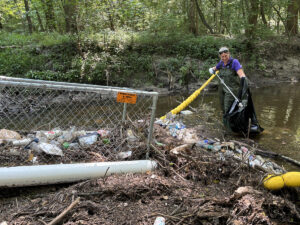
Greenville’s trash trap gets emergency cleanout
July 18th 2024

Sound Rivers gets close up of cyanobacteria
July 18th 2024
